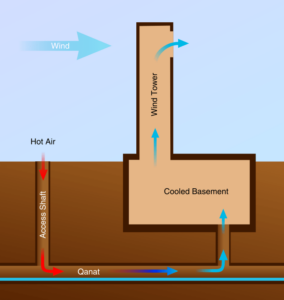Destruction of GAZA
The Environmental impact of the war in Palestine.
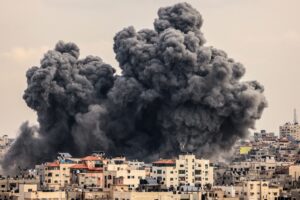
Anadolu, G. (2023)
“All war is a symptom of man’s failure as a thinking animal”
– John Steinbeck Margita,D (2023)
Throughout history, wars are known for destruction and loss. The limelight falls on financial, political and human loss, a few ever consider the damage done to the factors that cannot be compensated or repaired, our climate, and environment. Destruction of ecosystems, pollution, displacement of species and land degradation, these are only a few of the devastating effects of wars. It is now more evident to witness these criminal acts due to the persistent recordings of such matters with statistical data in comparison with previous wars that were not accurately recorded. A preliminary assessment of environmental impact was conducted by the United Nation Environment Programme (UNEP) states that 2,692 buildings and an estimated 600,000 tons of debris resulting from bombings damaged the infrastructure of water and sanitation which causes a disaster to the public health. Due to the bombings, the soil is no longer arable which is a crucial cultural aspect of Palestinian people with their deep routed connection with agriculture. The report is 50 pages long with several factors which goes into extensive depth of environmental destruction that can only bring oneself to reflect on the damages committed and endured not only in the present time, but future generations as well. As the world now witnesses these catastrophise daily, the decline of empathy is noticeable and desensitisation of images that are far away of destruction are no longer sufficient. A Kuwaiti graphic designer, Mohammed Sharaf, titles his campaign “ Awareless Campaign” that labels horrific images with environmental issues associated with the war in Gaza. The images are labelled “Plastic bags” due to the use of plastic bags to carry human remains, and “Ozone” as a mushroom cloud emerges from the destruction of buildings.
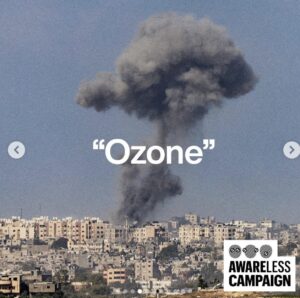
published in 2024
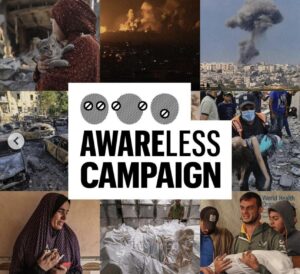
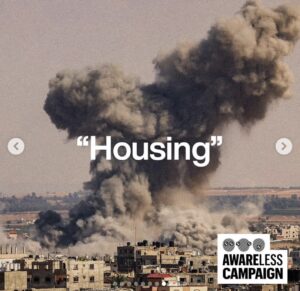
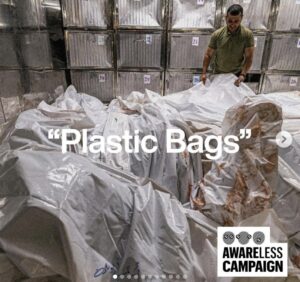
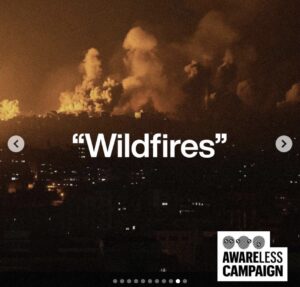
During the lecture, the mention of war and its affects hit close to home as a Kuwaiti who learnt about the destruction that occurred during 1990 Gulf war where Kuwait’s 700+ oilfields were set on fire releasing enormous amounts of carbon that evidently eliminated agriculture, animal habitats, and public health disasters.
Now witnessing these wars and destruction occurring on a daily basis, it is nothing but a disappointment and sadness that devours me and it is important to raise the questions on who is going to be responsible after the war is ended about all the loss of environment.
https://wedocs.unep.org/bitstream/handle/20.500.11822/45739/environmental_impact_conflict_Gaza.pdf?sequence=3&isAllowed=yre
reference list
Anadolu, G. (2023) Widespread destruction in Gaza puts concept of ‘domicide’ in focus, The Guardian. Available at: https://www.theguardian.com/world/2023/dec/07/widespread-destruction-in-gaza-puts-concept-of-domicide-in-focus (Accessed: 11 November 2024).
Margita, D (2023) Steinbeck on war: Allriot blog, ALLRIOT. Available at: https://allriot.com/blog/steinbeck-on-war?srsltid=AfmBOoqwDTaSMliE0HAPt9_OmpaqS-fAkVigjxaBaPvz7VS9QIpxUvbB (Accessed: 11 November 2024).
https://www.instagram.com/mohammadrsharaf/?hl=en












 (Altuntaş, 2021)
(Altuntaş, 2021)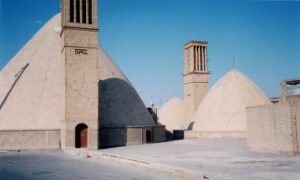
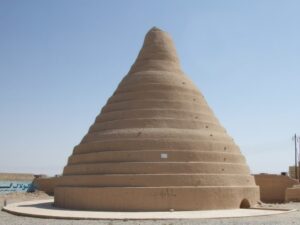 (Altuntaş, 2021)
(Altuntaş, 2021)